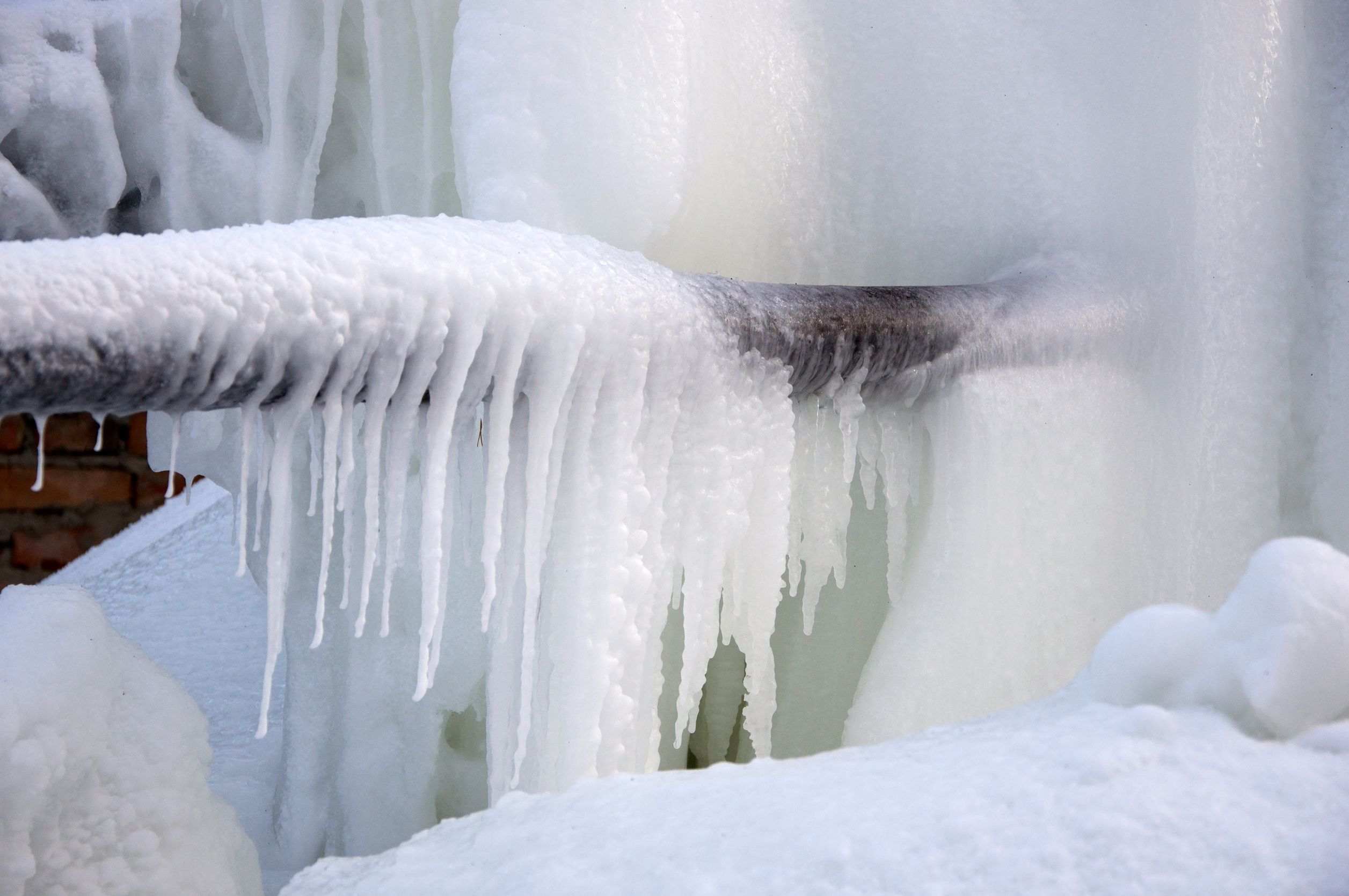Shielding Pipes from Cold Weather Damage: Key Strategies
QuoteThe author is making several great pointers relating to 6 Ways to Prevent Frozen Pipes overall in this article beneath.

Cold weather can wreak havoc on your pipes, especially by freezing pipes. Below's just how to stop it from occurring and what to do if it does.
Intro
As temperatures decline, the danger of icy pipelines increases, potentially resulting in expensive repairs and water damages. Comprehending just how to prevent icy pipelines is vital for homeowners in cool climates.
Understanding Icy Pipes
What creates pipelines to ice up?
Pipes ice up when subjected to temperatures below 32 ° F (0 ° C) for prolonged durations. As water inside the pipes freezes, it increases, putting pressure on the pipeline wall surfaces and potentially triggering them to rupture.
Dangers and problems
Icy pipelines can lead to supply of water disturbances, home damage, and expensive repairs. Ruptured pipes can flood homes and cause considerable structural damages.
Indicators of Frozen Pipeline
Identifying icy pipes early can avoid them from rupturing.
Just how to identify frozen pipes
Try to find decreased water circulation from taps, uncommon odors or noises from pipelines, and visible frost on exposed pipes.
Prevention Tips
Insulating vulnerable pipes
Wrap pipelines in insulation sleeves or make use of warmth tape to shield them from freezing temperatures. Focus on pipes in unheated or exterior locations of the home.
Heating techniques
Keep interior areas properly heated up, particularly locations with pipes. Open up cabinet doors to permit warm air to distribute around pipelines under sinks.
Protecting Outside Pipes
Yard hose pipes and outside faucets
Disconnect and drain pipes yard hose pipes prior to winter months. Install frost-proof faucets or cover exterior faucets with protected caps.
What to Do If Your Pipelines Freeze
Immediate actions to take
If you think icy pipelines, keep taps available to relieve pressure as the ice melts. Use a hairdryer or towels soaked in hot water to thaw pipelines slowly.
Long-Term Solutions
Structural adjustments
Think about rerouting pipelines away from exterior wall surfaces or unheated areas. Add added insulation to attic rooms, cellars, and crawl spaces.
Updating insulation
Invest in premium insulation for pipes, attics, and walls. Correct insulation assists maintain constant temperature levels and decreases the threat of icy pipelines.
Final thought
Protecting against frozen pipes requires aggressive procedures and quick reactions. By understanding the causes, indications, and safety nets, home owners can safeguard their pipes throughout cold weather.
5 Ways to Prevent Frozen Pipes
Drain Outdoor Faucets and Disconnect Hoses
First, close the shut-off valve that controls the flow of water in the pipe to your outdoor faucet. Then, head outside to disconnect and drain your hose and open the outdoor faucet to allow the water to completely drain out of the line. Turn off the faucet when done. Finally, head back to the shut-off valve and drain the remaining water inside the pipe into a bucket or container. Additionally, if you have a home irrigation system, you should consider hiring an expert to clear the system of water each year.
Insulate Pipes
One of the best and most cost-effective methods for preventing frozen water pipes is to wrap your pipes with insulation. This is especially important for areas in your home that aren’t exposed to heat, such as an attic. We suggest using foam sleeves, which can typically be found at your local hardware store.
Keep Heat Running at 65
Your pipes are located inside your walls, and the temperature there is much colder than the rest of the house. To prevent your pipes from freezing, The Insurance Information Institute suggests that you keep your home heated to at least 65 degrees, even when traveling. You may want to invest in smart devices that can keep an eye on the temperature in your home while you’re away.
Leave Water Dripping
Moving water — even a small trickle — can prevent ice from forming inside your pipes. When freezing temps are imminent, start a drip of water from all faucets that serve exposed pipes. Leaving a few faucets running will also help relieve pressure inside the pipes and help prevent a rupture if the water inside freezes.
Open Cupboard Doors
Warm your kitchen and bathroom pipes by opening cupboards and vanities. You should also leave your interior doors ajar to help warm air circulate evenly throughout your home.

I discovered that post on Winter Plumbing Precautions: Preventing Frozen Pipes while doing a lookup on the web. So long as you liked our post kindly remember to share it. Thank-you for your time invested reading it.
Browse Our Site